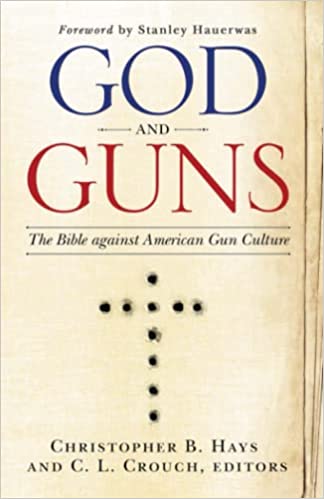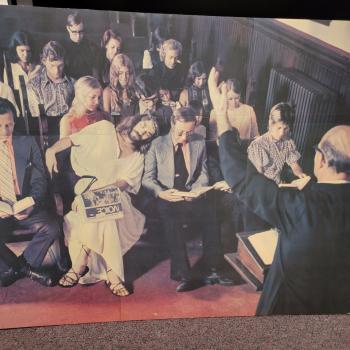In this post we are dealing with the chapter by Prof. T.M. Lemnos, yet another OT professor (of which there is a plurality in this study, with NT scholars under-represented) whose concern is about the interface between weapon and hunting images combined with sexual imagery in the OT. The chapter is entitled “Israelite Bows and American Guns”. She is right that the representation of these things involves a variety of mingled together factors, and hyper-masculinity comes into the picture as well— the warriors are men, the weapons are in their hands, the enemy is dehumanized by the use of animal images, and war or battle is depicted like going on a hunt after predatory animals. Lemnos easily enough demonstrates the connections between these things in the OT. But what is the connection with American gun culture? Interestingly, a 2016 report showed that only 11.6 million Americans could be categorized as hunters (about 3.5% of the total population), a very small minority of gun owners. And there is a wide divergence from state to state in the number of persons owning hunting licenses– only 1% in Rhode Island, but 26% in South Dakota, 25% in Montana, but surprisingly only 1% in Texas (though that amounts to over a million people). Some 32% of all gun owners are males (overwhelmingly white male) whereas only 12% of women are. Part of this has to do with the ongoing associate of gun ownership with ideas about strong masculinity, and indeed, as has been pointed out— guns are shaped like the male sexual organ in erection, and both guns and that organ involve shooting out a projectile. This explains the frequent complaint by male gun owners that if they take away our guns, we’ve been emasculated, so much is gun possession associated with feeling like and being a male in America. And behind all of that is the desire of men to dominate their situation and other people, a problem that goes all the way back to the garden where Eve is told ‘your desire will be for your husband and he will lord it over you’. Domination culture, including fallen patriarchy itself is a result of human sin then and now.
Lemnos stresses that “One of the primary messages of the Gospels is the refutation of the idea that status should be based on violence, hypermasculine domination, and the dehumanization of subordinate people. One of the main theological points of the crucifixion is to refute this concept of status. Jesus… was a member of a group of people who had been conquered again and again in antiquity. [and yet] He did not rise up and slay his attackers” (p. 88). In fact he forgave his tormentors from the cross! Think on these things.

















